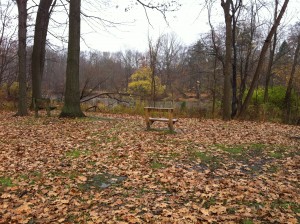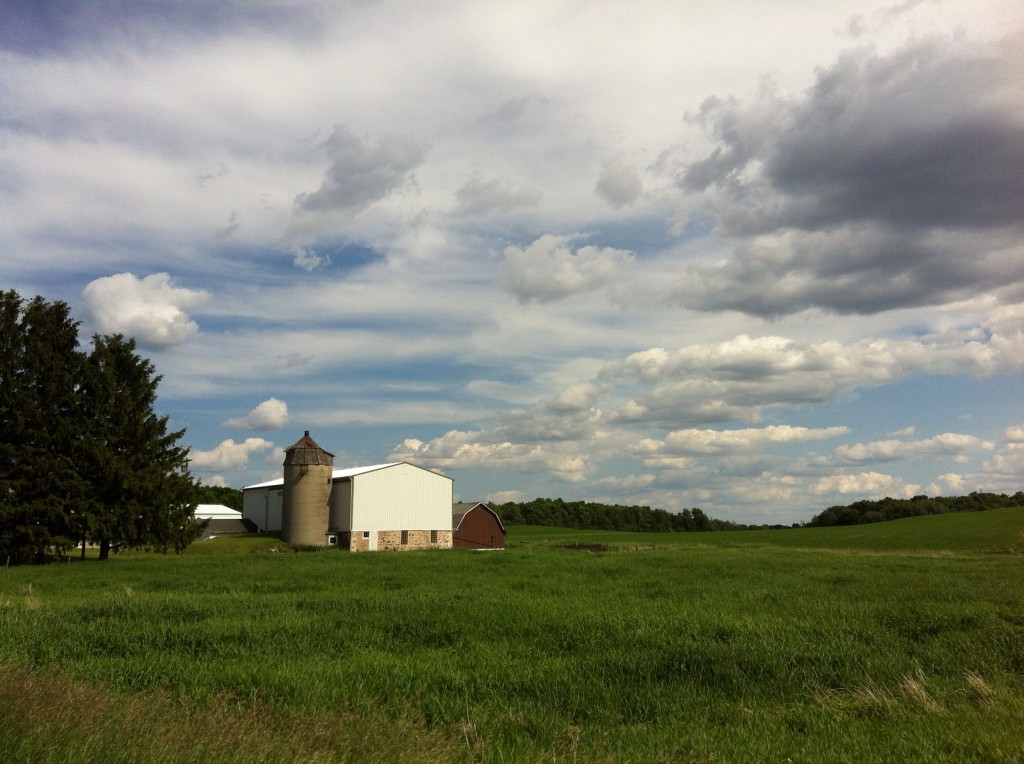Milwaukee is the damn foggiest place. I tell folks from here that, and they look at me weird. It occurs to me that perhaps these are inland people I’m talking to, or people who are just so used to it they don’t even notice it anymore. Living here as long as I have, I’m still fascinated by it. I’ve seen more fog in Milwaukee the past fifteen years than I have my entire life.
With the exception of college, I have only ever lived in two places: Cleveland and Milwaukee. Both of course are on Great Lakes. I have spent my whole life living on a Great Lake, and if that were ever to change, it would be a big blow. I can’t imagine living anywhere without some big body of water that appears to go on forever.
Most of the fog here emanates from Lake Michigan, which we can see from our home. I have watched it tumble across the water and up the bluff, wind around the buildings below, and then surround ours, at times in mere minutes. I need a weather person to explain why and how this is. Clearly, the fact that Lake Michigan is east of Milwaukee has something to do with it. Cleveland, which lies on the south coast of Lake Erie, gets premium-grade lake-effect snow, the likes of which I haven’t yet seen here. Milwaukee weather people toss around the term “lake-effect snow.” But Milwaukee has nothing on Cleveland. Want to see some good down-from-Canada six-feet-deep-in-two-hours lake-effect snow? Go to Cleveland.
Earlier this week we had two solid days of fog so thick you had to leave lights on all day. The lights we leave on are two sconces in the living room and a small Christmas tree we keep up year-round in the kitchen. Day Two I couldn’t see the building across the street. The foghorn oozed in off the lake day and night.
Day One I wanted to walk out in it. It was like a snowstorm where everyone stays in but you. The usual sounds of the city are tamped way down, allowing the thoughts in your head to come alive like bright paint on a white canvas.
Some of these thoughts:
- The sidewalks are filled with fall leaves.
- The moisture from the fog makes them look even prettier than they already are.
- Two weeks ago Jan sent me a card in which she wrote something really beautiful.
- I haven’t thanked her for it yet.
- I think about Jan every day.
- The times in my life in which my soul has been the happiest have been the times when I am the poorest.
- My soul is wildly happy right now.
- I am looking forward to getting back to teaching next semester.
- I hope I still feel this way Week 8.
- I have to write to my dad and tell him I can’t come to Cleveland for the one-year anniversary of my mom’s death.
- There will be a short ceremony and a dinner.
- I can’t go because I have a music gig.
- This week is my dad’s first wedding anniversary without my mom.
- Next week is my mom’s birthday.
- The first birthday we will say, “If she were still alive, she’d be [insert age here].”
- Next month will be my dad’s second birthday without her.
- Then Thanksgiving.
- Then Christmas.
- The past two years, Jan experienced all these firsts and seconds.
- When my mother went into hospice I remember counting six months on my fingers.
- She’ll make it through Christmas, I thought.
- She’ll make it to February.
- She didn’t.
- I would like to lose those last eight pounds.
- For the first time in my middle-aged life, I accept that I’m getting older.
- I am not afraid.
- I would still like to lose those last eight pounds though.
- More pretty leaves.
- There is someone in my life who doesn’t yet know that I can smell bullshit from a mile away, who will find out soon.
- This “Bargrooves” music playing on my iPod makes me deliriously happy.
- It is Greg’s music, which Jan gave me two years ago when we went through all his CDs.
- She told me that he used to listen to it in the basement when he ran on the treadmill.
- Wearing sunglasses.
- I miss him so much.
- The fog makes the lake look like you could drop off the edge of Earth if you got too close.
- This has been one of the best years of my life.
- Maybe the best.
- I am back to living and working the way God/the universe intended me to.
- The soul that lives inside me now is the same soul I had when I was ten.
- It’s taken me several long-ass years to get back here.
- Some were utter misery.
- If I could give any advice to a young person, it would be: “Don’t ever let this happen to you.”














































Recent Comments